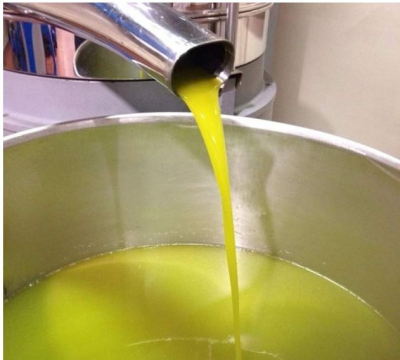Free acidity
A lesson on oil. Not everybody knows the actual meaning of one of the most important parameters measured in olive oil. Yet often it is conspicuously reported on the label, as if it were a unique virtue, the key feature of a superior oil.

How often have we seen the wording “low acidity” on the labels of extra virgin olive oil bottles? Nowadays perhaps a little less, because at last a legislator free of all ideological conditioning is succeeding in eliminating an effective and very convincing marketing expedient.
EU regulations request that as well as the degree of free acidity, the label must also list the peroxide index of the oil, its wax content and UV absorption – as indeed it ought to!
These are rather complicated aspects that mean nothing to the average consumer, who knows very little about the chemistry of oil, but can be useful, since they protect the consumer from misleading claims, such as that concerning free acidity.
Little is known on this topic. Many confuse the free acidity of an oil with its oleic acid content. And indeed, leafing through the pages of popular magazines, even the most widely distributed ones, it is easy to come across articles that reinforce this misconception, and reveal the utter ignorance of their authors on this subject.
Oleic acid content is not the same as free acidity. All oil experts are aware of this, but not the average consumer. Oleic acid is present in olive oils at concentrations ranging between 55 and 81%, the exact level depending on the specific nature and provenance of the oil. The greater the value, the better the oil.
On the other hand the free acidity of an oil, expresses as oleic acid, cannot by law exceed the level of 0.8 g per 100 g.
But exactly what is free acidity? It is the level of organic acids that are released by the hydrolytic processes altering an oil. The smaller the value, the better the oil is.
It should be noted that one cannot detect the level of free acidity by taste alone. When an oil seems to be “acid”, it is actually piquant.
To comment you have to register
If you're already registered you can click here to access your account
or click here to create a new account


Comment this news